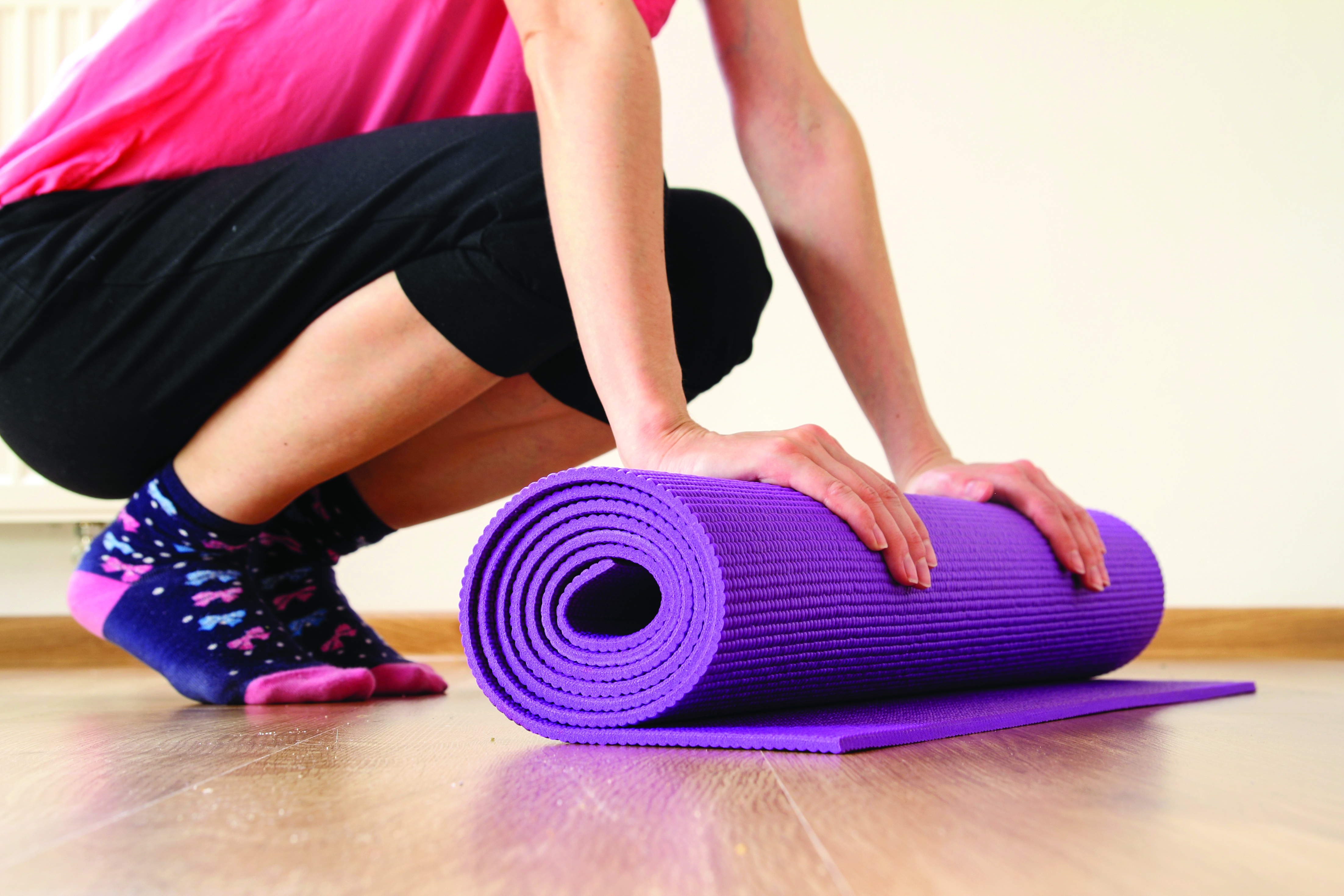
Trouble selecting the right yoga pad to purchase? With the possibilities, selecting a yoga pad could be a daunting task. There are lots of factors to choosing the right yoga pad.
Kind of yoga
The kind of yoga you practice determines the kind of pad you will need. Determine your yoga prior to making a large purchase. If you are just beginning, you should use pre-existing ones before you know which type of mat you want. Should you practice intensive yoga or sweat a great deal, you should think about a pad that does not absorb odours, and is anti-microbial. An exercise that’s about flowing (vinyasa) postures need a pad with superior grip. A light practice does not require just as much, so there are lots more options to select from.
What sort of material?
The fabric you select determines a the stickiness, sponginess, and sturdiness of the pad. There some pretty standard materials, and today a lot of companies use a blend of materials to produce still better products.
PVC/Vinyl
A lot more durable than other mats, PVC mats can last as long as ten years. PVC mats are be the smoothest mats available on the market, and if you’re okay with their texture these could be just the ones you want. These mats aren’t sustainable though and may release toxins as they are used. PVC mats are the most spongy ones available.
PVC (phthalate and latex-free)
You can also buy a phthalate-free PVC mat, which do not release dangerous toxins over time.They’re also a great alternative to rubber mats for those who have a latex allergy.
Rubber (natural and recycled)
A lot more earth friendly, natural rubber mats can be found in a multitude of textures, thicknesses, and designs. They do not release toxins but frequently have a characteristic rubber odour, especially after you’ve just bought them. While they’re spongy, they’re not as spongy as PVC mats. The traction is generally excellent, particularly with thicker mats.
Jute
An excellent eco-friendly material. Jute mats don’t contain the smell that rubber mats do. There is a rough, almost tickly texture that may bother some. Though they absorb many odours, they do need more cleaning. They do not possess a spongy feel, it but nonetheless, have superb grip.
Organic cotton
These mats are ideal for individuals who require more cushioning. They do not have the standard gripping as compared to the above mats, so they are better for slower paced practices. These are typically very comfortable.
What thickness is appropriate?
The thickness you’ll need depends on a couple of factors. A thicker pad is great for somebody who has sensitive knees, ankles, wrists, or if you have a joint disease or any other issues. Thicker mats are designed for more intensive practices, while you avoid slipping.
Think about a thin pad in case your yoga practice is not too intense. If you are planning to hold your pad around a great deal or travel with it, a thinner, lighter-weight pad is simpler to handle. Also, thin mats give a more stable centre of gravity, which may be ideal for stability.